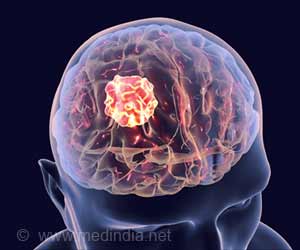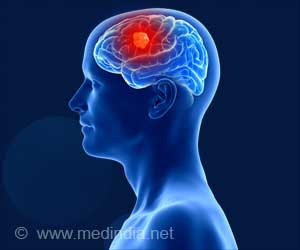New AI breakthrough reveals gender-related brain distinctions, revolutionizing neuroscience research.

Deep learning models reveal replicable, generalizable, and behaviorally relevant sex differences in human functional brain organization
Go to source).
‘Understanding gender-related brain variances just got a boost with AI! #neuroscience #genderdifferences #medindia’





Advertisement
Advancing Understanding at the Cellular Level
Traditionally, studies investigating brain structure have offered only a partial glimpse into its cellular composition. However, this new AI technique, harnessing the power of machine learning, delves deeper into the biological disparities between genders. By analyzing thousands of MRI brain scans from 471 men and 560 women, the researchers have uncovered previously imperceptible patterns in brain structure and complexity.The remarkable accuracy of the AI tool is evident in its ability to distinguish between male and female brains with precision. Through discerning patterns in brain structure and complexity invisible to the human eye, the AI program effectively categorizes brains based on biological sex. These findings mark a significant milestone in our understanding of how gender influences the organization of the brain.
Advertisement
Insights into Brain Composition
One of the key revelations of the study, published online in the journal Scientific Reports, is the variation observed in white matter—the tissue responsible for facilitating communication between different regions of the brain. By pinpointing disparities in white matter between genders, the research opens avenues for deeper exploration into the neurological and psychiatric conditions that manifest differently in men and women.Advertisement
Potential Implications for Diagnosis and Treatment
Dr. Yvonne Lui, a neuroradiologist and professor at NYU Grossman School of Medicine, underscores the potential of these findings to revolutionize diagnostic tools and treatments for various brain disorders. A clearer understanding of how gender influences brain structure could lead to more targeted interventions for conditions such as multiple sclerosis, autism spectrum disorder, migraines, and other neurological ailments.Crucially, the utilization of machine learning in the analysis process helps mitigate human biases that might skew the interpretation of results. By objectively analyzing entire datasets of brain images, the AI tool ensures a more comprehensive and unbiased assessment of gender-related differences in brain structure.
Future Directions and Caution
While the AI tool represents a significant advancement in our understanding of brain biology, the researchers caution against oversimplifying its findings. While the tool can identify differences in brain-cell organization, it cannot determine which sex is more likely to exhibit specific features. Further research is needed to unravel the complexities of gender-related brain differences and their implications for health and disease.This AI tool marks a pivotal moment in neuroscience, offering unprecedented insights into the intricate cellular architecture of the human brain. By illuminating gender-related differences in brain structure, researchers are poised to unlock new avenues for diagnosis, treatment, and understanding of neurological and psychiatric disorders. As technology continues to evolve, so too will our understanding of the complexities of the human brain.
Reference:
- Deep learning models reveal replicable, generalizable, and behaviorally relevant sex differences in human functional brain organization - (https://www.pnas.org/doi/full/10.1073/pnas.2310012121)
Source-Medindia















